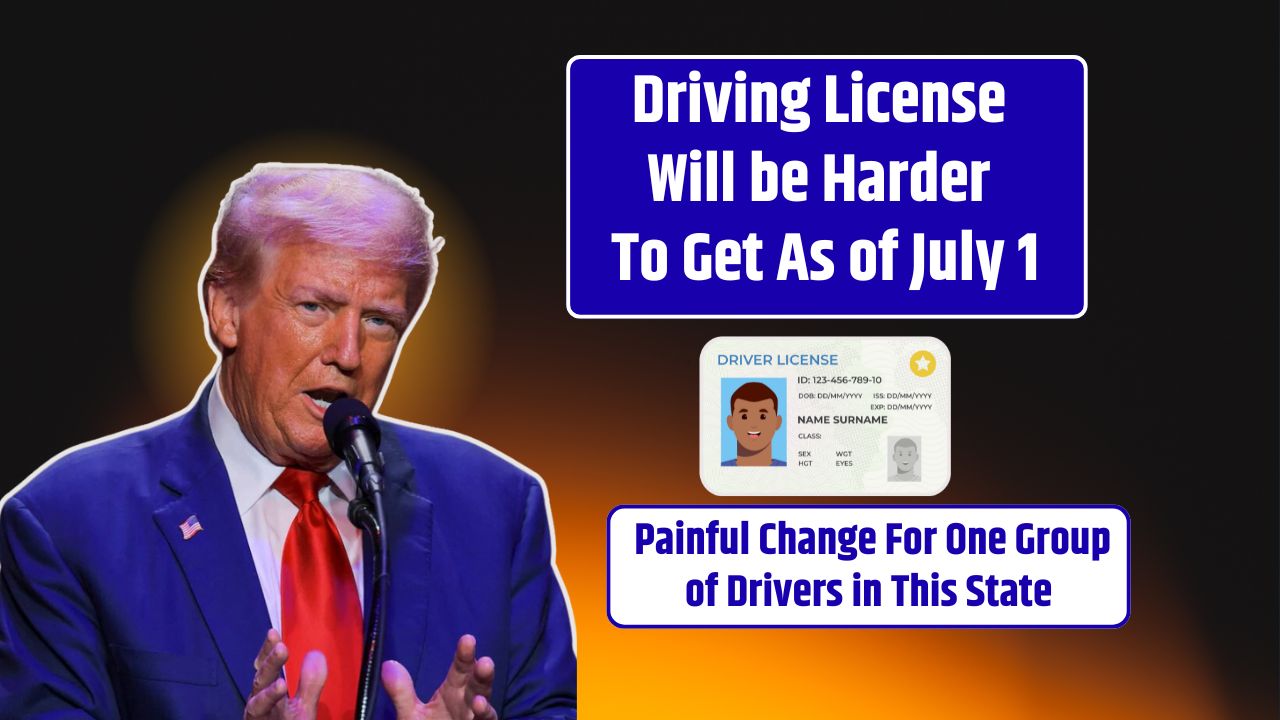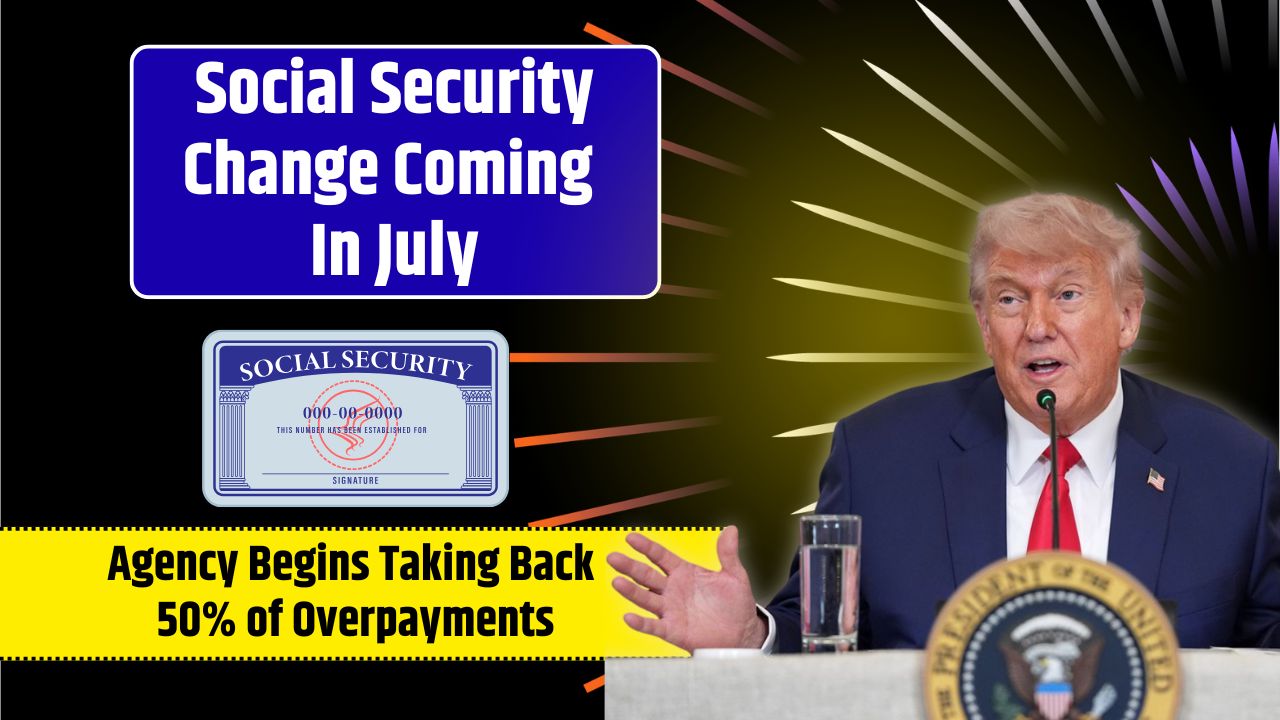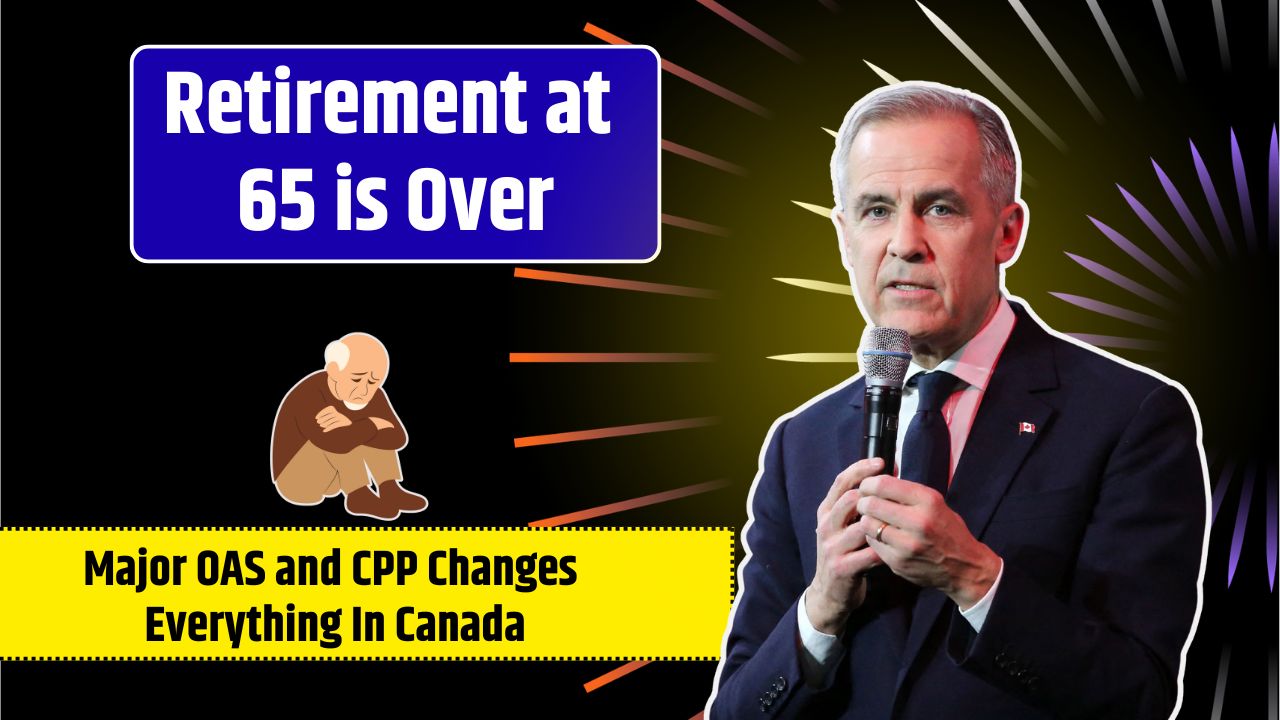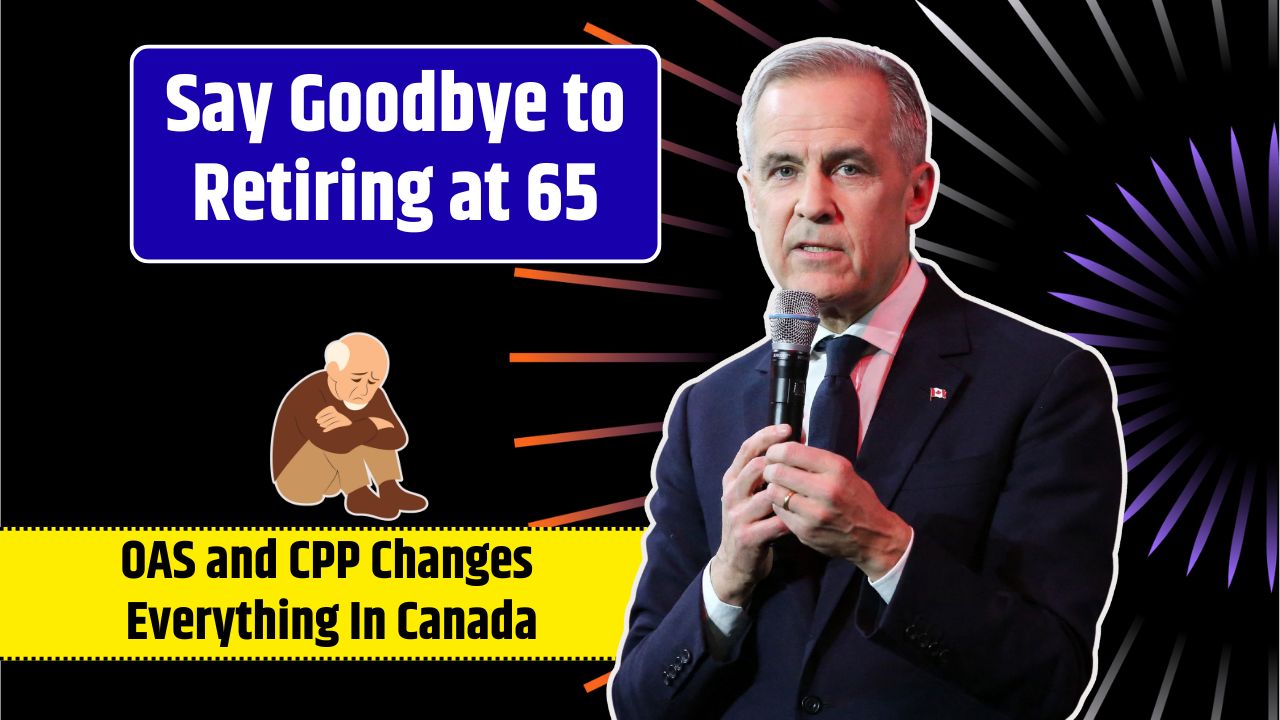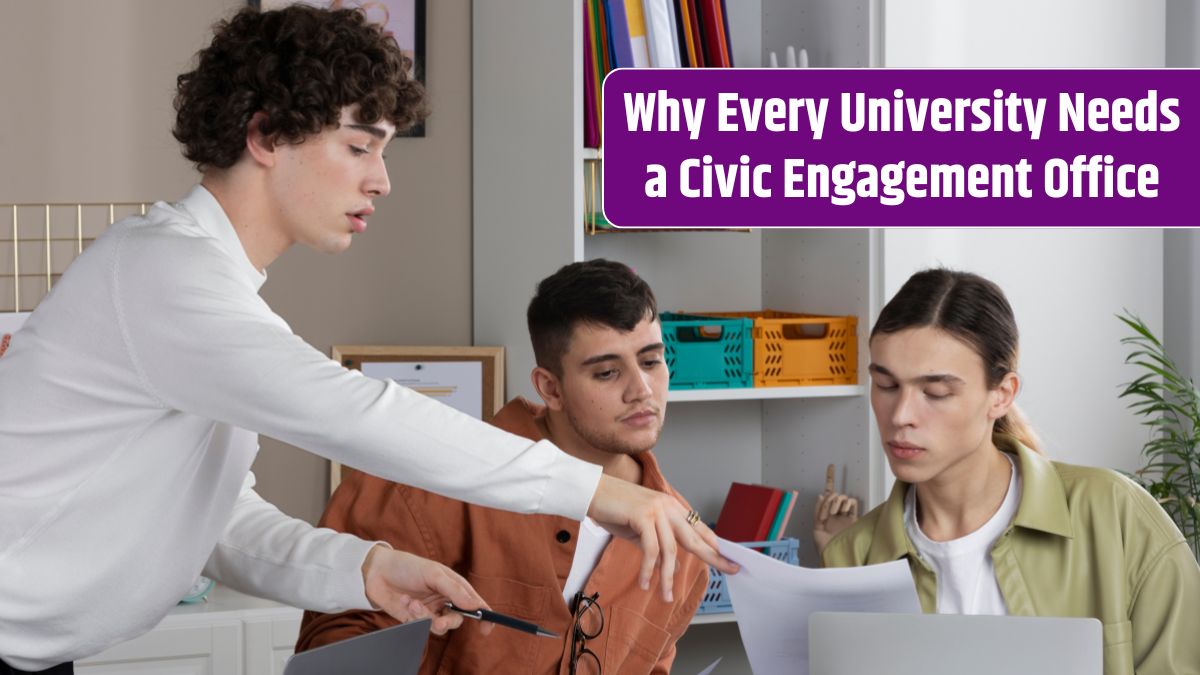Florida’s teen drivers will face a much more rigorous path to getting their driver’s license starting July 1, 2025, thanks to the passing of Senate Bill 994. While the law is aimed at improving road safety, it also introduces additional challenges, especially for teens and families from rural or low-income areas. Here’s what this new legislation means, who it affects, and what steps families should take to adapt.
Table of Contents
What’s Changing for Teen Drivers in Florida?
Senate Bill 994 introduces mandatory classroom-based driver’s education for teenagers aged 15 to 17 seeking a learner’s permit in Florida. Prior to this law, teens were only required to complete the Traffic Law and Substance Abuse Education (TLSAE) course, which could be taken online at minimal cost and with greater flexibility.
Now, teens will need to:
- Enroll in and complete a state-approved in-person driver’s education course
- Pass the Class E Knowledge Exam (50 questions, 80% pass rate)
- Meet additional requirements such as vision and hearing tests, identity documentation, and supervised driving hours
Summary of New Teen License Requirements in Florida
| Requirement | Before July 1 | After July 1 |
|---|---|---|
| Driver’s Ed Course | TLSAE (online, self-paced) | FLHSMV-approved classroom course |
| Knowledge Test | Yes | Yes |
| Vision & Hearing Test | Yes | Yes |
| Supervised Driving | 50 hours required | 50 hours required |
| Parental Consent | Yes | Yes |
| Minimum Permit Period | 1 year | 1 year |
Why Lawmakers Support the Change
Senator Jay Collins, who sponsored the bill and is a parent of a teen, stated that the legislation is intended to improve safety outcomes for young drivers. Advocates argue that classroom-based instruction allows for more thorough education on real-world driving hazards, distracted driving, and impaired driving—lessons that may not be fully absorbed through self-paced online courses.
This move aligns with national data suggesting that structured, interactive instruction leads to safer driving behavior in young people.
Challenges for Teens and Families
Despite its safety focus, the new law raises concerns about access and affordability:
- Rural and low-income teens may have limited access to physical classroom locations
- In-person classes often cost more than the online TLSAE course
- Some districts may lack capacity to serve every teen driver, creating waitlists or travel burdens
- Families already managing tight budgets may view this as an unnecessary barrier
While state officials suggest that courses will be made widely available, there are still logistical gaps in how school districts or private providers will scale up to meet the demand.
Step-by-Step: How Teens Can Now Get a License in Florida
Here’s the updated process under the new law:
- Age 15: Enroll in a classroom-based driver’s education course approved by the Florida Highway Safety and Motor Vehicles (FLHSMV).
- Pass the Class E Knowledge Exam and complete vision and hearing screenings.
- Provide necessary documents:
- Social Security number
- Proof of identity and Florida residency
- Parental consent form
- Receive learner’s permit and complete 50 hours of supervised driving, including 10 hours at night.
- Maintain permit for 12 months without any moving violations.
- At age 16 or older, apply for a full Class E Driver’s License.
Teens are still subject to nighttime driving restrictions depending on their age and experience.
What Families Should Do Next
With the law now in effect, families should:
- Contact local school districts or approved private driving schools to learn about course availability
- Budget for the increased cost of classroom-based instruction
- Make sure teens start the process well in advance to avoid delays
- Monitor updates from FLHSMV regarding additional guidance or approved providers
Related Laws: Super Speeder Legislation
In addition to Senate Bill 994, Florida has also introduced new “Super Speeder” penalties, targeting drivers who exceed speed limits significantly. These include hefty fines and possible jail time for excessive speeding—another signal that the state is tightening road safety rules across the board.
The goal of these new laws is clear: reduce youth accidents and raise driver responsibility. But it also places more pressure on families to navigate a more complex—and possibly costly—licensing process.
FAQs:
Are there low-cost or free options for driver’s education?
Some public school districts may offer courses for free or reduced cost, but availability varies. Check with your local school board.
Can teens still take the TLSAE course online?
No. The TLSAE course alone is no longer sufficient for 15–17-year-olds seeking a learner’s permit. A classroom-based course is now mandatory.
When does the new Florida law for teen drivers go into effect?
It begins July 1, 2025.

